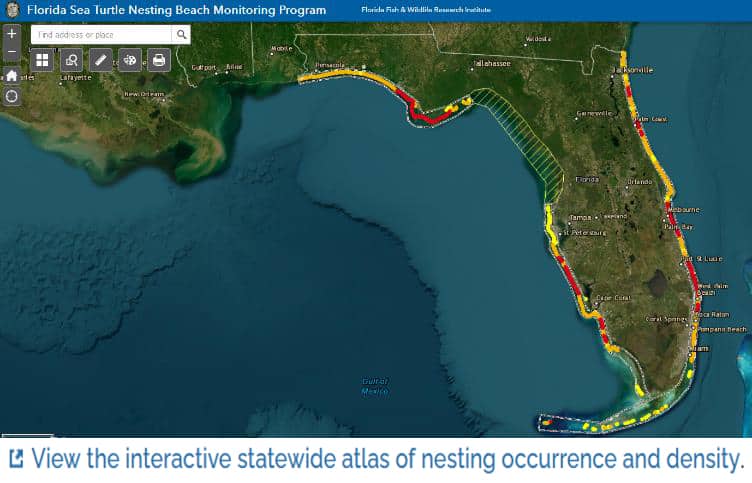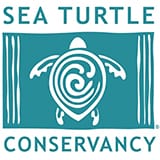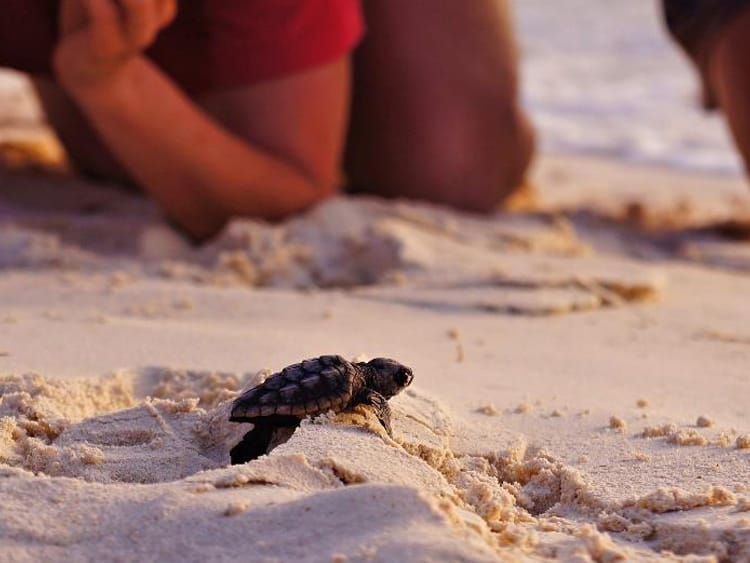ECO IS ON! We all are stewards of our environmental future. Whether it’s daily operating procedures, guest outreach or conservation
advocacy, we’re in the sustainability game. We hope you’ll support our initiatives to learn about and protect some of the resources
important to us. It’s game time, time to suit up!
Turtle Team
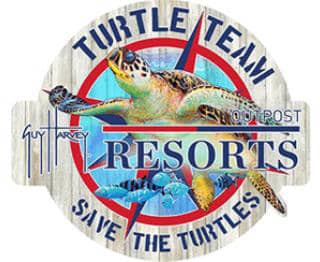
Help us help the turtles. Participate in our Turtle Team programs and activities.
Become informed of the challenges facing sea turtles and together how we can
help support their health and vitality.
Do You Know?
Every two or three years a female turtle will return to her nesting beach—typically the same one visited in the past—and lay an average of 460 or more eggs over a nesting season. On the average, she will lay a clutch of some 128 eggs over 3.6 shore visits.
Sea turtle nesting runs annually March through October along Florida beaches, with the greatest density of nests occurring in the east and west central coastal area of the state, as compiled annually by Florida Fish and Wildlife Conservation Commission’s Fish and Wildlife Research Institute.
Turtle nest density is measured in number of nests per kilometer of beach by genetic subunit – green, leatherback and loggerhead turtles, and classified as “Low”, “Medium” and “High” density.
During nesting season, it is important to keep local waters and beaches sea-turtle friendly. Sea turtles are spawning just offshore before females come ashore to nest. The temperature of the sand determines the genders of baby sea turtles, with warmer sand producing more females and cooler sand, more males. After some 60 days of incubation, the first hatchling will attempt their treacherous journey back to the sea doing so virtually in unison, creating a scene in the sandy nest that is reminiscent of a pot of boiling water. In some areas, these events go by the colloquial term “turtle boils.”
Turtle Tips
Though turtle nesting and hatching usually happens in the middle of the night, it is not uncommon to cross paths with nesting females or hatchling on their way to the sea. Should this happen to you, it is important to stay out of the way!
Hatchling must dig out of their nest, a process that may take a few days and once out any misdirection may leave them lost and, soon, dehydrated by the morning sun.
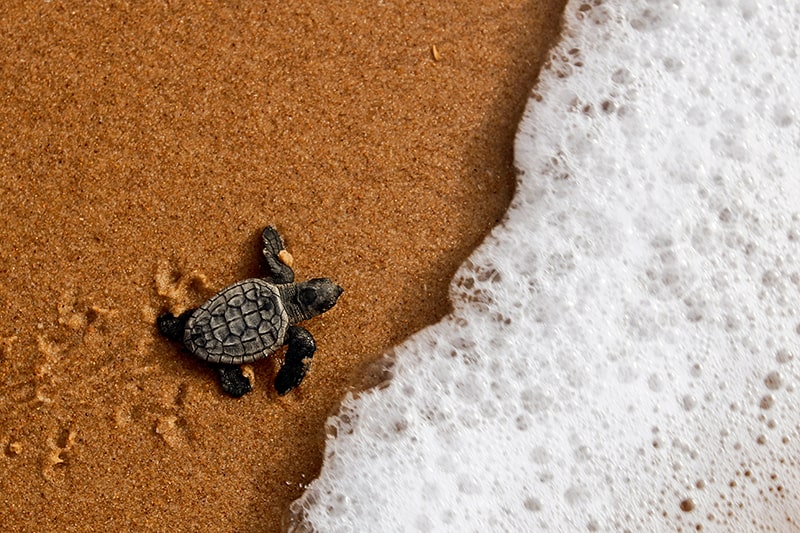
Enjoy the experience from a distance. Don’t make it any more difficult for sea turtles to survive.
To help ensure a successful nesting season on St. Augustine Beach, follow these Do’s and Don’ts
- Remain quiet and observe from a distance if you encounter a nesting turtle or hatchlings.
- Close drapes and shield or turn off outdoor lights that are visible on the beach.
- Fill in holes that may entrap hatchlings on their way to the water
- Store beach furniture when not in use as far back from the water as possible.
- Approach nesting turtles or hatchlings, make noise, or shine lights at turtles.
- Cause or encourage a turtle to move while nesting.
- Pick up hatchlings that have emerged for a nest and are heading for the water.
- Use fireworks, flashlights or fishing lamps on the beach.
Learn More
Below are a few of our favored links to learn more about sea turtle nesting. Enjoy!


Turtle Care & Adoption
The Sea Turtle Hospital
The Sea Turtle Hospital at the University of Florida Whitney Laboratory works to conserve threatened Northeast Florida sea turtles. The hospital rehabilitates sick and injured sea turtles, and once healthy and cleared by the veterinarian staff, releases them back into the open ocean.
The facility was opened in October, 2015 principally to treat turtles throughout Northeast Florida infected with the Fibropapilloma (FP) virus, the most significant disease among sea turtles, alleviating the life threatening risk from transporting sick animals to licensed facilities outside of the region.
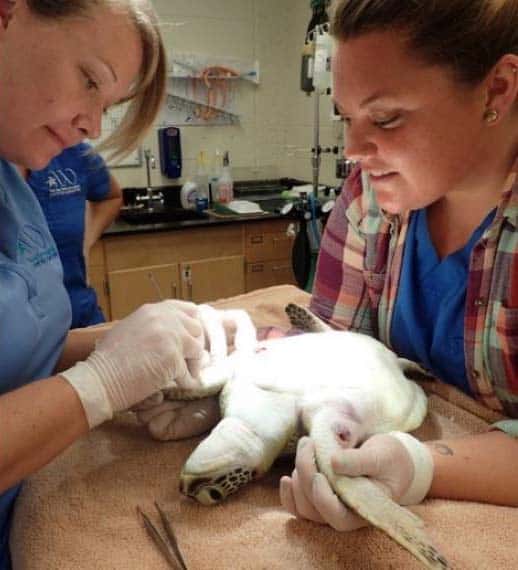
How to Help

Food, medication, diagnostic equipment, hospital care, tank maintenance, payroll, equipment and supplies. All of the efforts needed to better understand, protect and treat sea turtles cost money.
A month of food for a sea turtle costs $85! Diagnostics and exam of a sea turtle patient by a specialized vet runs $200. A turtle with FP may need four to five surgeries, each costing $50 for bandages, syringes and fluids alone. It all adds up!
Your gift to help fund these expenses is an important contribution to the sustainability of these endangered sea animals.
Adopt a Sea Turtle
$50. With that small tax deductible gift you’ll sponsor the care of an individual turtle patient currently receiving care and awaiting release. In addition to the satisfaction of helping fund the efforts of great people doing great things for sea turtles, you’ll receive:
- A personalized sponsorship certificate
- A monthly email update on the recovery of your adopted turtle
- Advance notice of your turtle’s release back to open water.
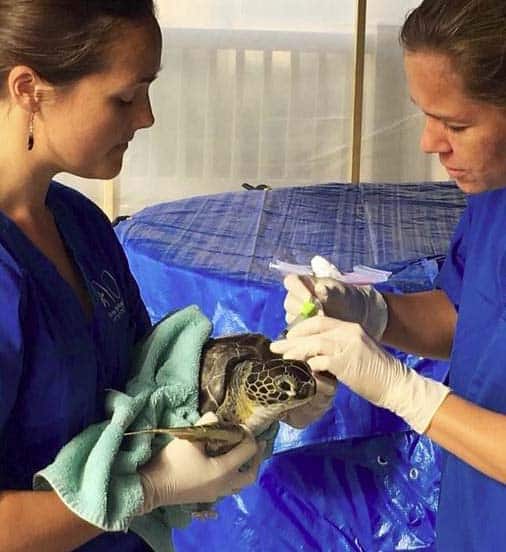
Want to do More?
Become a Friend of the Hospital.
The Whitney Laboratory welcomes gifts in any denomination, whether a recurring gift or one- time donation. A variety of sustaining gift levels support essential operating funding. Special donations can be made to fund the cost of specialized equipment such as blood mixers ($379), laser scalpels ($799) and ventilators ($2793).
Want to Do Even More?
Adopt A Nest with GTM. One of our other conservation friends, the GTM Research Reserve, supports over 25 years of research on Atlantic Green, Leatherback, and Loggerhead sea turtles and their nesting behavior. Turtle nesting contributes to the health of beach dunes, and GTM’s detailed nest monitoring and data collection provide important insights into this most important behavior.
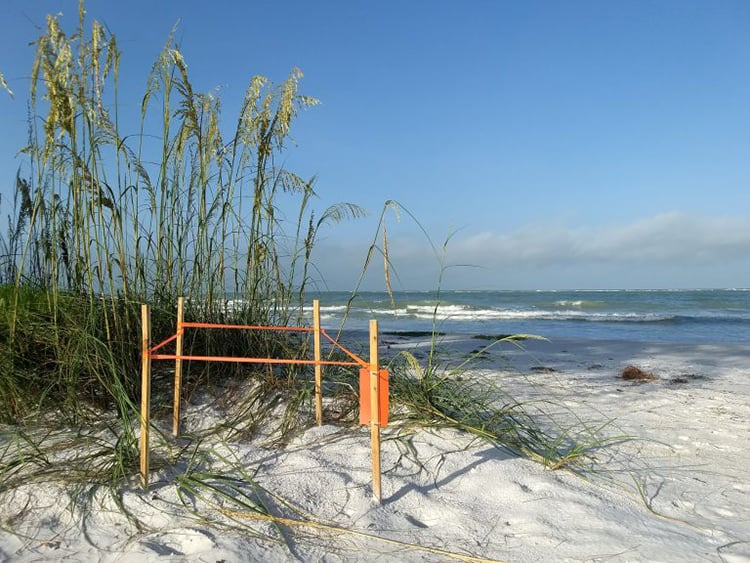
To help fund these efforts, GTM offers a variety of donation programs, including naming a turtle nest, the opportunity for a private group trip to witness an evening nest evaluation with a research specialist, and receiving photos of your nest’s turtle tracks . You can also receive an end of season updates on YOUR nest with nest specific evaluation data. Make your mark in the sand, Adopt a Nest!
Beach & Marsh Cleanup
KEEPIN’ IT CLEAN
From a breezy beach walk or a slow slog through a marsh with garbage bag in hand to pluck trash from the habitat to the backbreaking work of bagging oyster shells for recycling, the GTM calendar is jammed with programs that rely on the physical efforts of volunteers.
Not on a schedule? No problem. You can always conduct your own cleanup using the CleanSwellApp developed by Ocean Conservancy With this nifty app you can easily record each item of trash you collect into a crowd-sourced data base which helps scientists and advocates around the world tackle ocean trash at a global scale. GTM also offers a host of resources to Think of GTM as your personal trainer and the great outdoors as your gym! Nike has their saying. Ours is ECO IS ON!
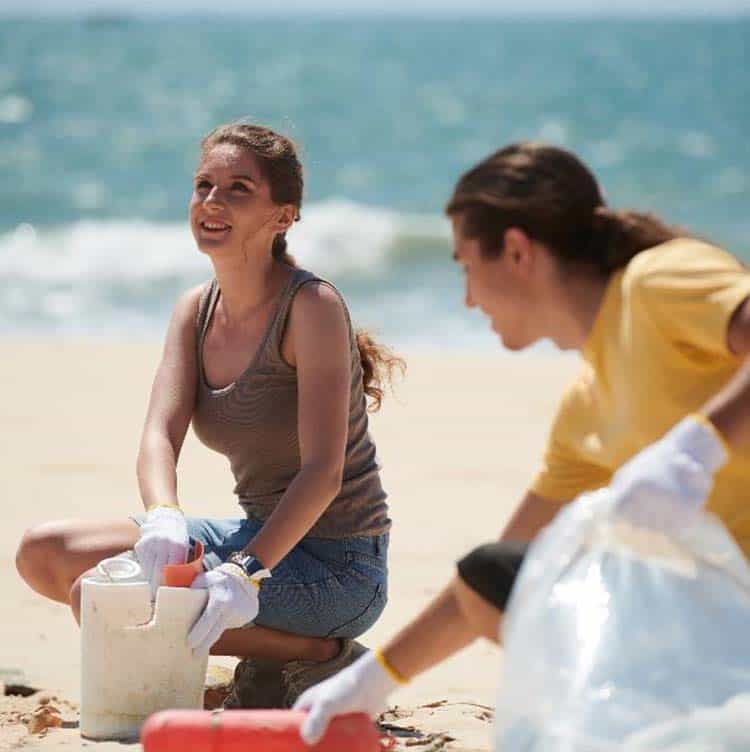
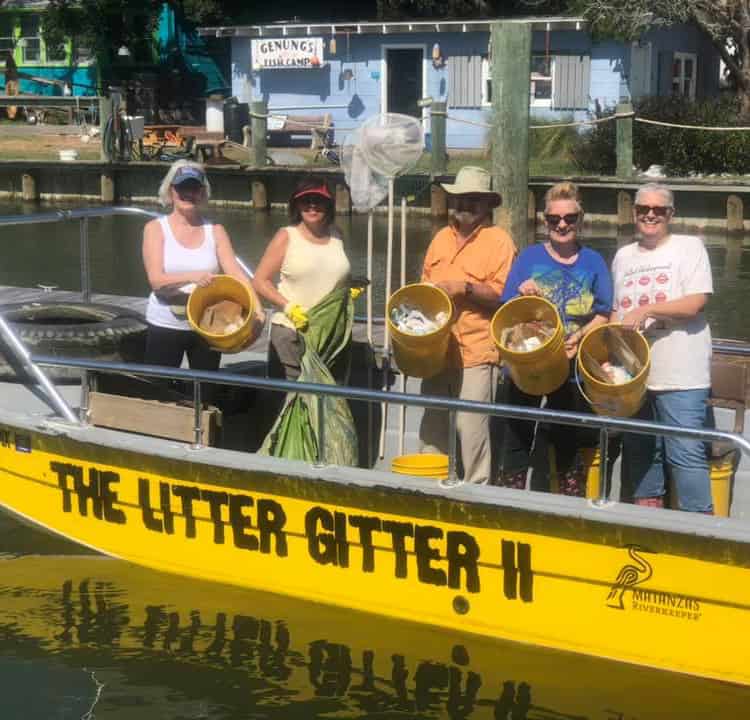
Volunteer with the Matanzas Riverkeeper organization. Join a group or book your private waterway cleanup expedition on the Litter Gitter! Cruise the local waterways and marshes collecting debris while learning about the Matanzas watershed. The Litter Gitter program works to ensure that our local waterways stay clean and healthy while giving volunteers an opportunity to get their hands dirty and to do their part.
Let’s Get Smart!
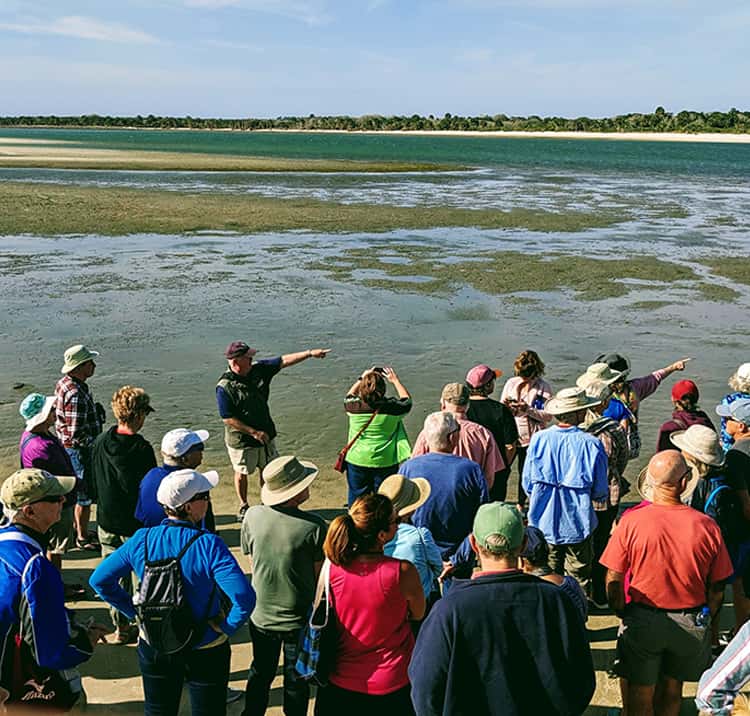
Let’s Get Smart!
Let’s face it. Sometimes, getting sweaty just isn’t on the daily agenda. Instead of losing you to the couch, our conservation friends at GTM have developed activities to enrich your knowledge of the habitat, without having to get sweaty and dirty. Outreach and Virtual Programs and a host of Self-Guided Activities are a few of the programs designed to engage those of all ages.




